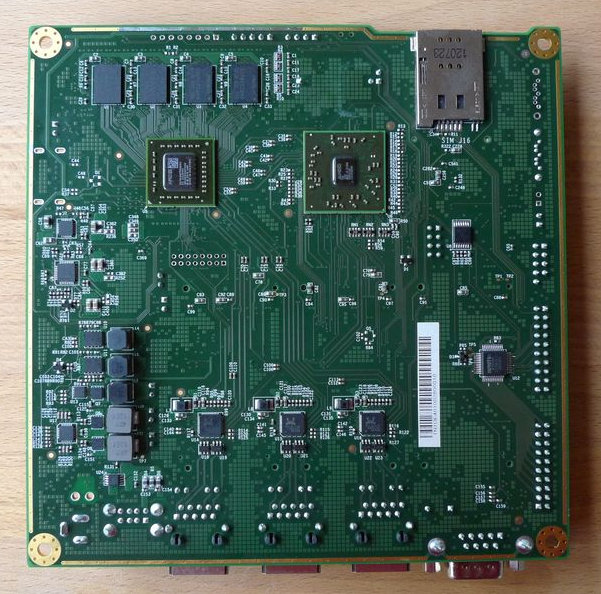
Are Pc Engines Apu Serial Console For Mac
This tutorial should work on Linux, OSX and Windows.
Warning: if you have a TLSense router, please use a monitor+HDMI cable and download a VGA image instead.
4 steps overview:
Install PfSense on APU Board with Serial Console Install PfSense on APU Board with Serial Console. Then you have to commission and judge the board with TinyCore from PC-Engines first. Console: 115200,8,n,1. Software: Apu2-TinyCore6.4. Reply Quote 0. 1 Reply Last reply. AaronvaB last edited.
- Download memstick-serial release of the operating system you want to install.
- Burn the image on the USB drive
- Connect the USB drive and serial cable to APU board
- Start putty and connect
Now, more details:
Download pfSense image
Go to https://www.pfsense.org/download/ and select the 'USB Memstick Installer' from the platform dropdown.
Burn the pfSense image on the USB drive
If you are using Linux/OSX, you should use dd to prepare the USB stick:
Make sure that if= specifies the exact location of the downloaded file and of= specifies your USB device. If you make a mistake here, you might overwrite your hard drive!
If you are using Windows, use Rufus: https://rufus.akeo.ie/
Connect USB drive and serial cable to the APU board
If you have a USB-to-serial cable, it will look like on the picture. Regular null-modem cable also works, but looks slightly different.
If you are using Linux/OSX, make sure that your tty device shows up in /dev/. If you have a USB cable, you should see /dev/ttyUSB0, if you have a regular cable you should see /dev/ttyS0
Verify with ls:
If you are using Windows, your Serial port will simply be called COM1
All good. Ready to connect.
Connect
Make sure you have putty installed, and start it as root:
sudo putty
If you use Windows, launch putty with administrative privileges.
Enter the values as you see below:
Click open and your session should start. It should look similar to this:
Wait for the USB to boot, and follow the instructions on the screen:
Press F10 to make sure your USB stick has been detected. It should look similar to this:
1. this should be your USB stick
2. here should be your SSD drive
If you are not seeing USB stick in the boot menu, it's possible that your USB brand is not supported by APU.
Find computer id on mac for keygen. Some USB sticks simply don't work. Try a different brand.
Press 1 and follow the instructions on the screen.
Note, BIOS will always say 'Booting from Hard Disk..' even if it's booting from USB.
Recording of the installation process is shown below. Note, we have installed pfSense with ZFS instead of UFS to minimize the filesystem corruption problem.
Good luck!